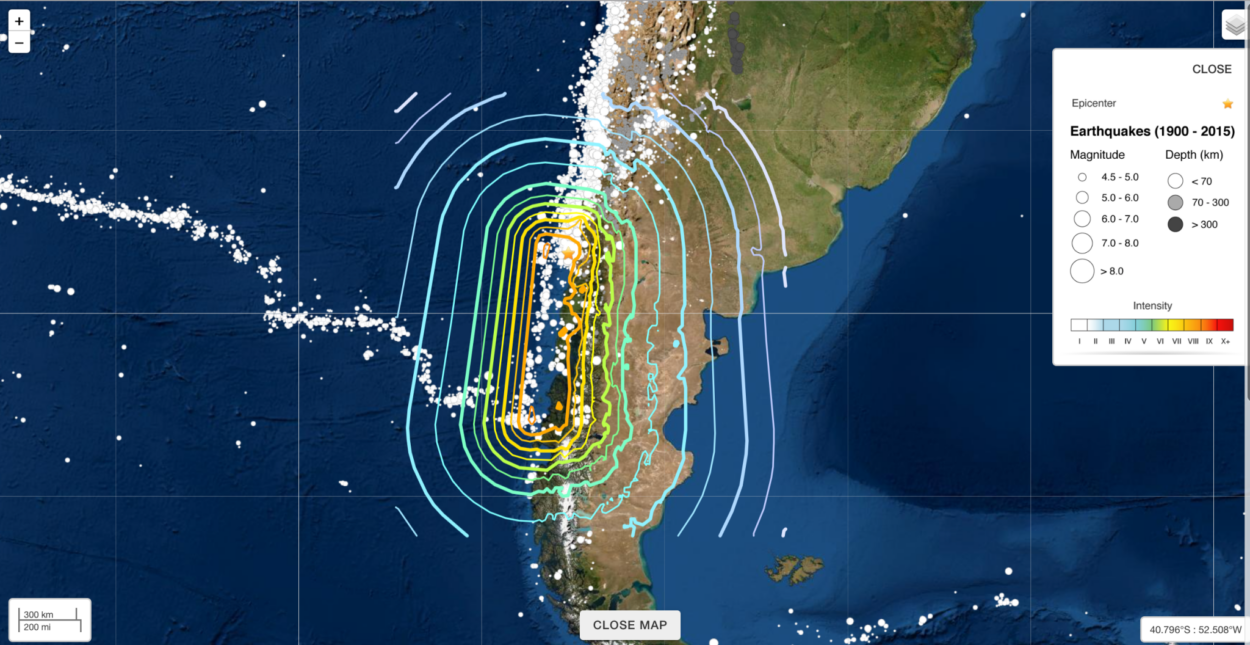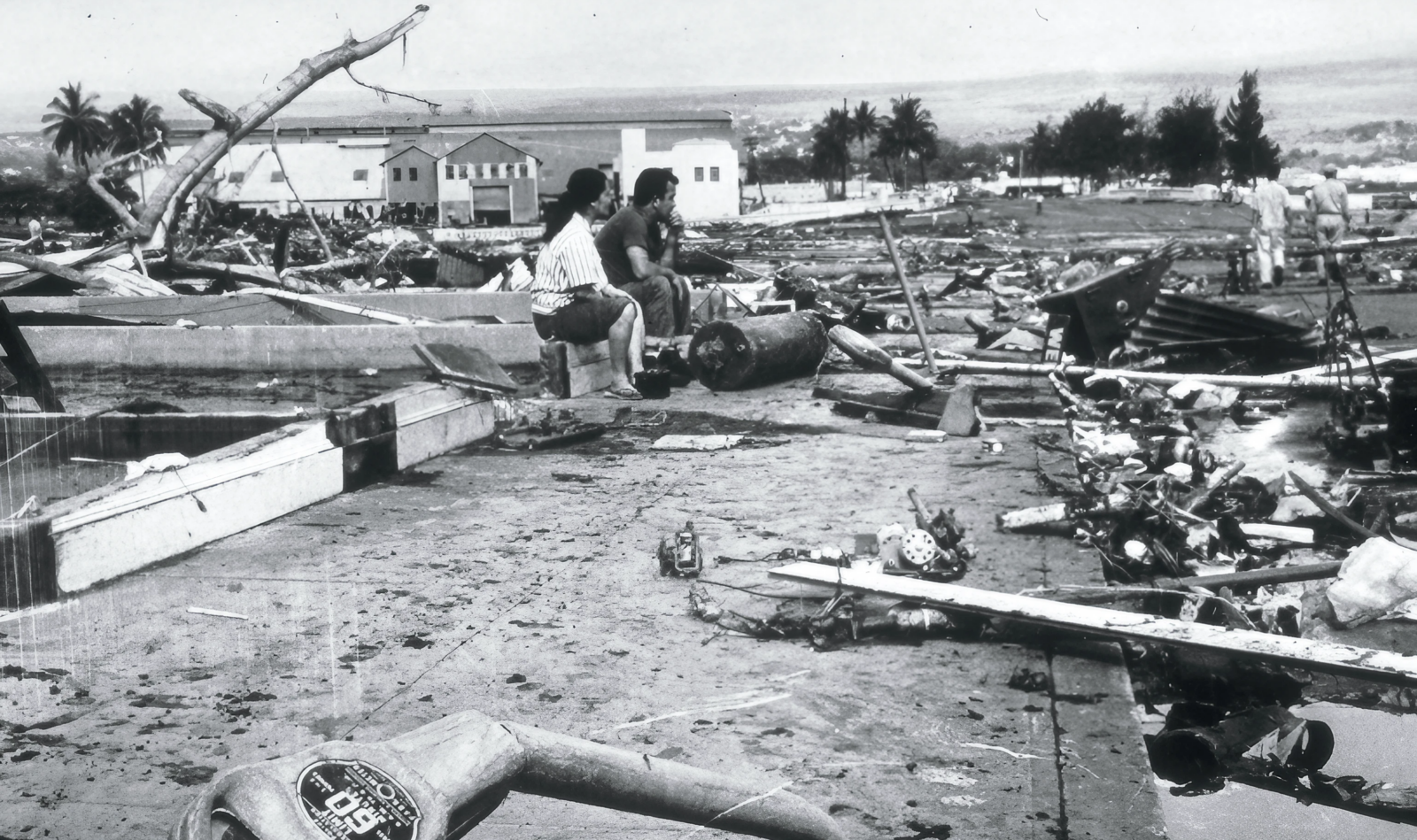May 22, 1960 remains an indelible date in the panorama of world seismology. On that day, Chile suffered an earthquake of extraordinary dimensions, enough to earn the definition of most powerful seismic event ever recorded.
In addition to the disaster in South America, the earthquake triggered a tsunami which touched the coasts of almost the entire Pacific Ocean.
How strong was the earthquake?
The magnitude of this event challenged the measurement capabilities of existing instruments. Estimates point to one Mw magnitude variable between 9.2 and 9.6.
Differences in ratings emerge from diversity of detection methods and from the data collected, which range from low-frequency earth oscillations to ground movements and measurements of the tsunami itself.

Where was the epicenter and which areas did it involve?
The seismic event, also known as Bío Bío or Valdivia earthquake, had its epicenter in a subduction zone along the Chilean coast.
La Nazca tectonic plate meets South American tectonic plate in this region, and the release of accumulated seismic energy it occurred along an area covering approximately 900 km, mainly affecting the city of Valdivia and spreading south.
The tsunamis it generated: how high were they and where did they arrive?
The earthquake disturbed the ocean water column, generating a tsunami of gigantic size.
The tsunami waves were over 20 meters highhit the Chilean coast. In the following days, these waves reached other Pacific coasts, including those of Hawaii and Japan, albeit with significantly reduced heights.

How many were killed and injured
The cost in human lives has been devastating. In addition to the destruction caused by the earthquake, the tsunami left a trail of destruction that counted thousands of victims.
Around two million people in Chile were left homeless, and the economic damage was enormous.
The birth of the Pacific Ocean warning system
This disaster had a positive impact in only one aspect: the birth of a warning system for the Pacific Ocean.
Implemented for the first time in 1965 Under the auspices of the United Nations, the system has undergone continuous improvements, underlining the importance of investments in research and seismic risk reduction.




